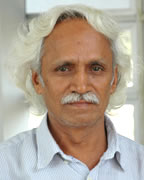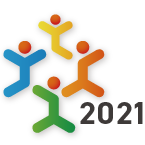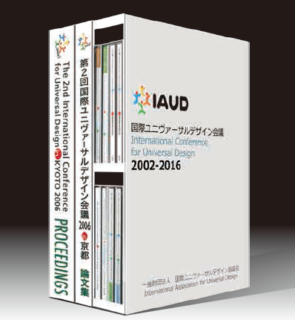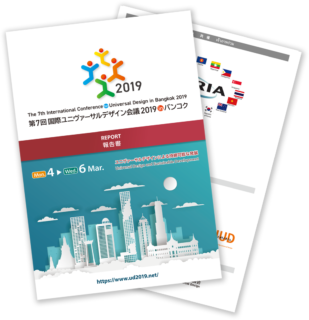2025.05.29
towards2010: The White Imperative 1/3
2010.05.24 Updated
Singanapalli Balaram
Professor, DJ Academy of design, India
The challenge of change

The world is changing faster than ever before.
The world today is not anymore made up of different countries. Thanks to the Communication Revolution and Globalization, the world is one.
The world is not any more a globe. As Thomas Freidman informed us rightly, the world is flat. Distance is dead and time has become an instant. Information is at the touch of a button and communication is possible ‘any where any time’.
Naturally, Design cannot remain untouched by this challenge of change. The old notion of design definition has changed. Now design is not a problem solving activity anymore, but people satisfying profession. Form follows neither function nor fun anymore. Form follows people.
Design is the only profession which has the unique ability to challenge conventions, and thereby improve the quality of life and social environment. Design has the unique ability to influence market forces as well as better the social and cultural experience of things in everyday life. Design is a great power because it can influence the mind sets of people. With great power comes great responsibility.
A responsible design education must instill in young minds a good system of values. By Design, the public should be motivated towards making an integrated society which is presently getting fragmented by over-individuality nurtured by indispensable gadgets such as Cell phones, lap tops and I-pods.
Is Universal Design, same as Inclusive Design and Accessible Design?
A quick clarity of terms often helps.
The difference between Universal Design(UD), Inclusive Design (ID), and Accessible Design (AD) is this: UD emphasises the importance of non-specialised features in things and environments. ID on the other hand emphasises the avoidance of exclusion and advocates the normalization of all. Accessible design merely focuses on products and buildings accessible to people with disability, while UD, also called ‘design for all’, proposes that these are accessible to everyone and useable by everyone including people with disability.
It is important to draw a broad picture of UD than what the limited terms can offer. I view UD as a critically important issue of social sustainability. UD is essentially ‘creating a sustainable social environment in which individual characteristics are respected.’
Social sustainability is one of the two most important future imperatives as below:
- The Green imperative :
Ecological Sustainability : Nature’s diversity issues. - The White imperative :
Social Sustainability : Human’s diversity issues.
White is the brilliant integration of all different colours which make the world beautiful. The Sanskrit word for white is Shweta, which represents knowledge and enlightenment.
UD as an attitude of Accepting the difference, not as a style
Globally, the health and longevity of people have improved and more and more people are surviving illness, injury and congenital abnormalities. This situation led us to an urgent global concern, which changed the way we look at UD.
In 2001, WHO re-defined disability as a contextual experience: It views disability “Not as a phenomenon of a fixed segment of population but rather as a universal human experience. Most significantly for designers, it reframed disability as a byproduct of interaction between the environment and the individual”.
The whole issue of UD boils down to this: UD is our attitude to difference in any form, difference between -“Us” as the majority and the “other” as the minority. As in H.G.Wells’ brilliant story “the Valley of the Blind” the numbers decide, who is normal and who is abnormal. This notion of “difference” and the “other” is essential to the contemporary study of design and its practice.
Normalisation does not mean ignoring the difference and treating the “other” as “us”. That would be equally a mistake. A difference must be recognised, but treated neither with sympathy nor with patronising. A difference must be respected and facilitated.
Without “difference” life is still, and without the “other” the society is not complete.。
Difference: Not Enemy but a Friend?
“What sets the world in motion is the interplay of differences, their attractions and repulsions, life is plurality, death is uniformity” Octavio Paz.
“The problem is not how to wipe out differences but how to unite with all differences in tact.” -- Rabindranath Tagore.
Difference is change. A change is not only inevitable but a vital necessity in life. If a lying man does not change sides he will get bed-sores. A difference needs to be organized to create beauty like flowers in a vase.
A difference should be mutually enriching by cross fertilization than leading to fragmentation and tribalisation.
Our experience of difference can be of four kinds:
- No experience of difference.
- Temporary experience of difference.
- Mid way experience of difference.
- Congenital difference.
This categorization of experiences is important as these drive our attitude towards a difference.
≪to be continued...≫







